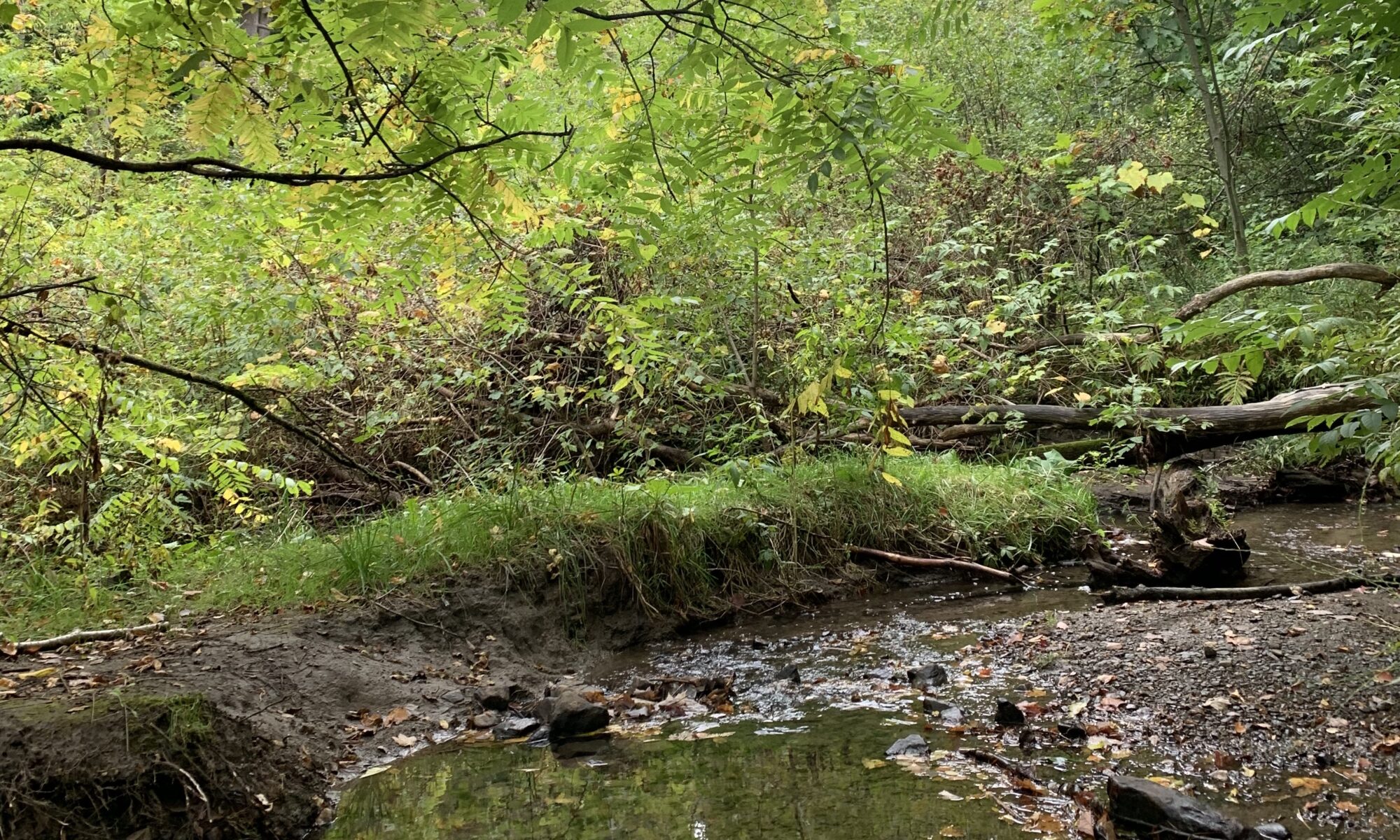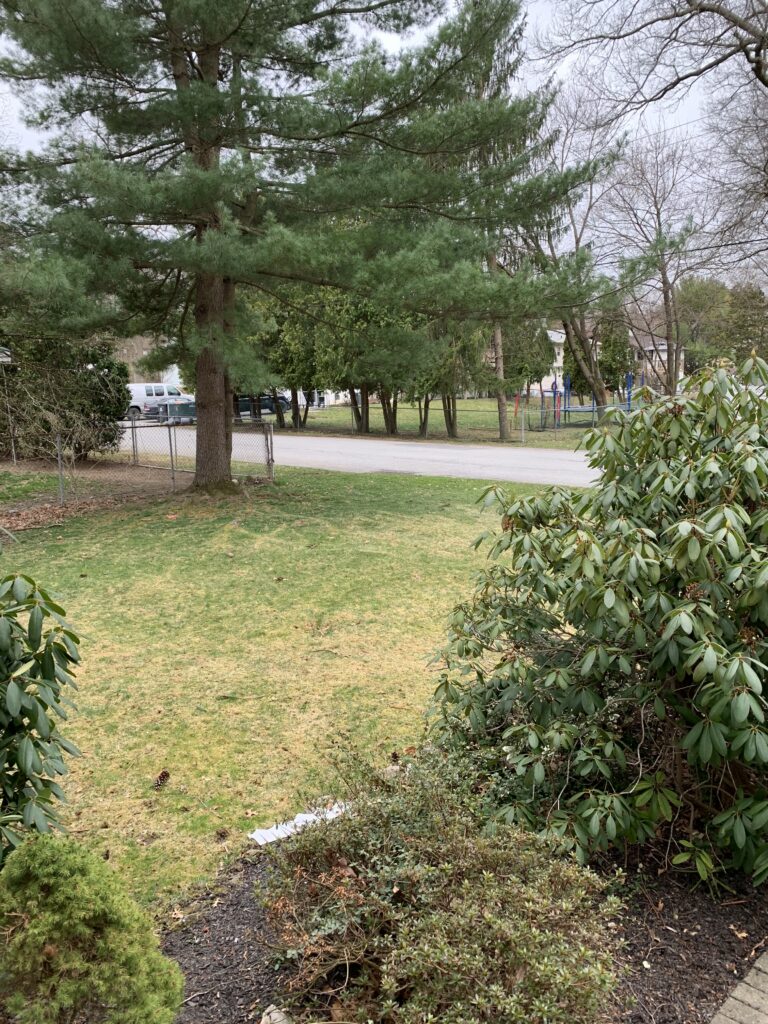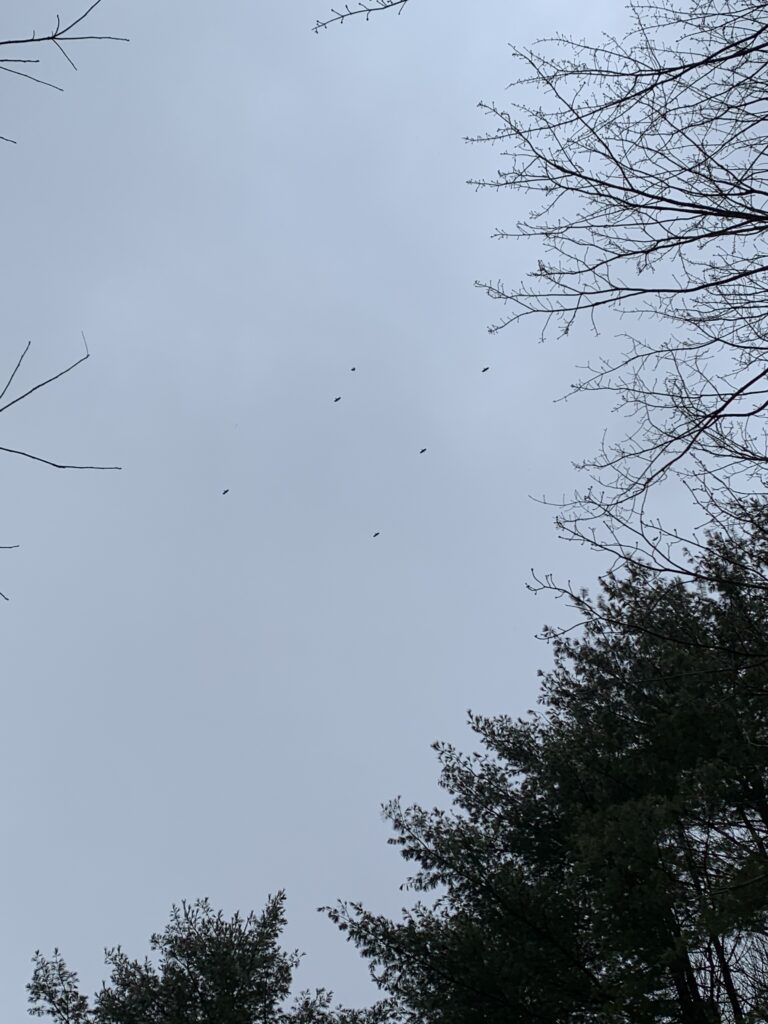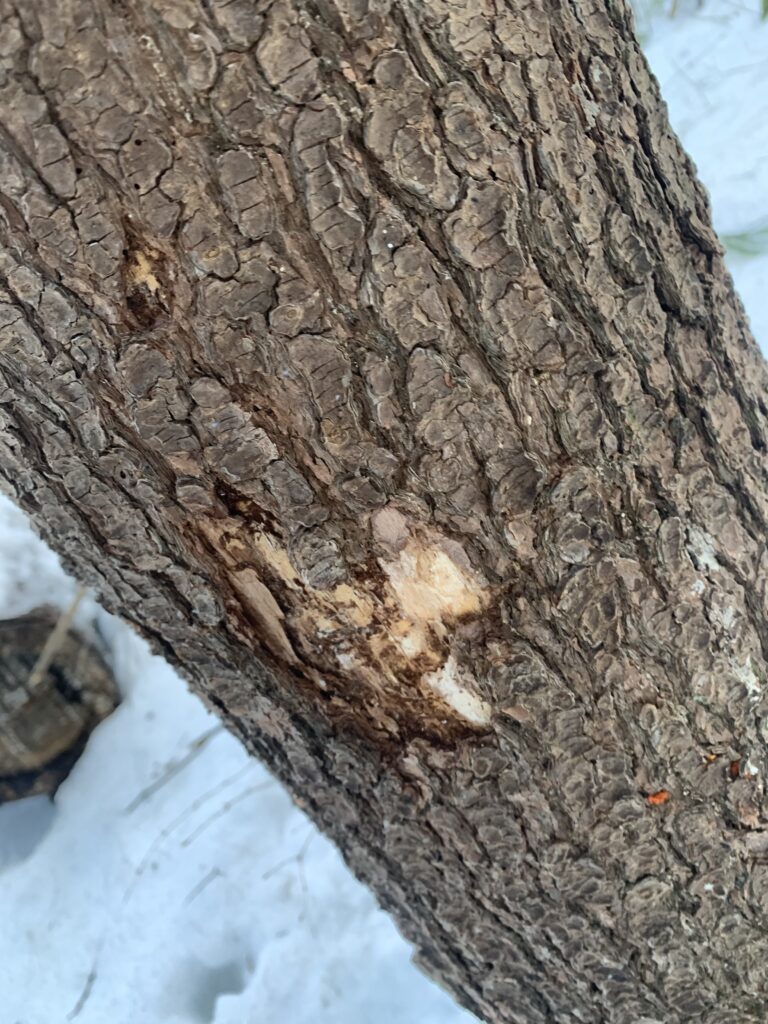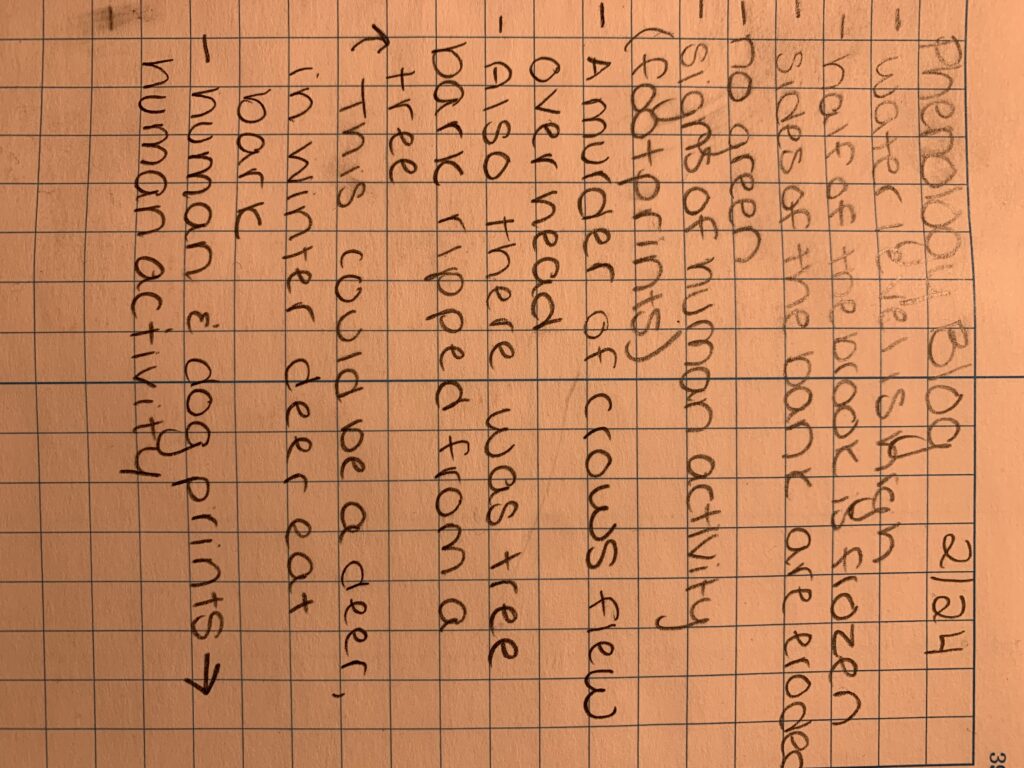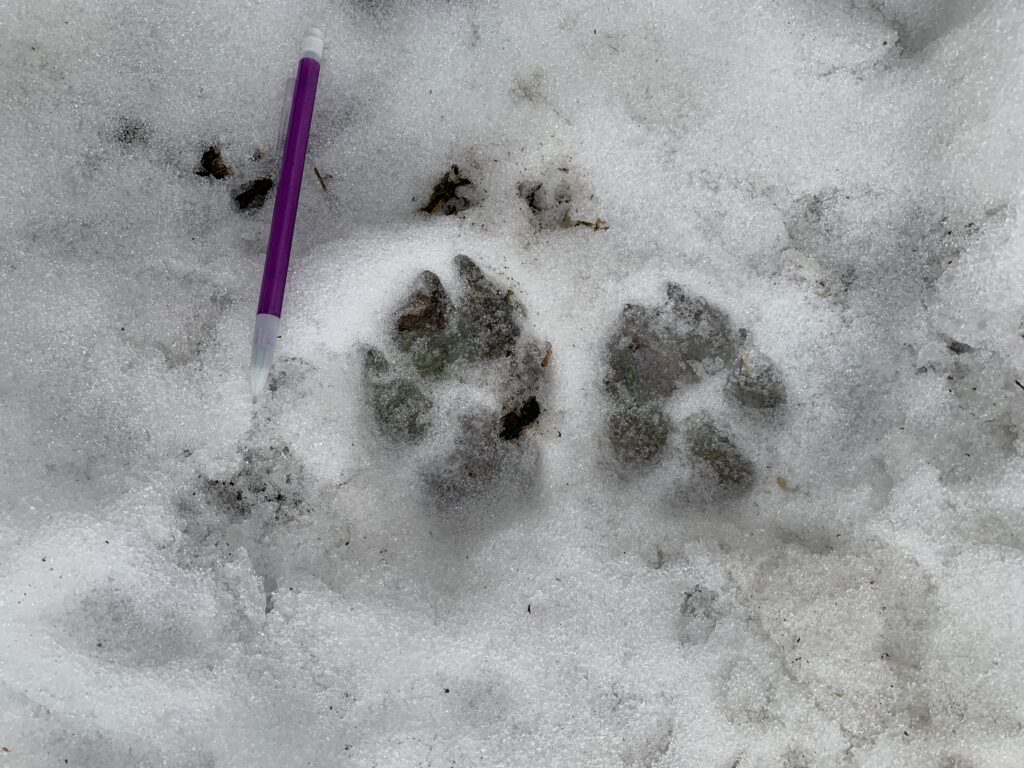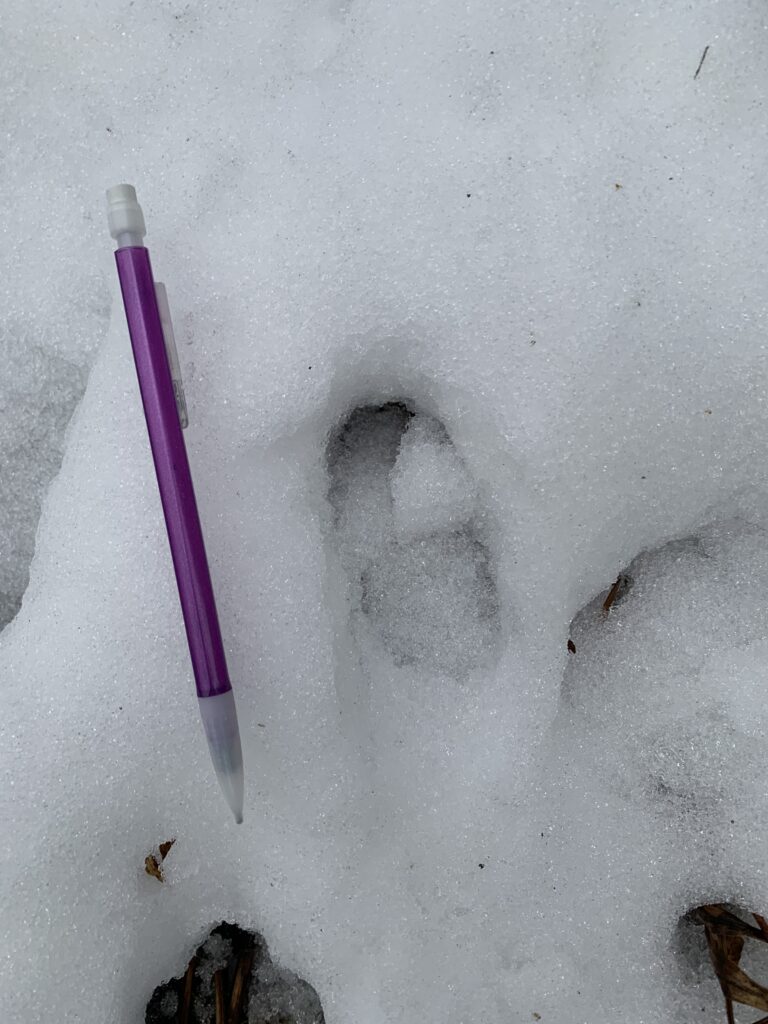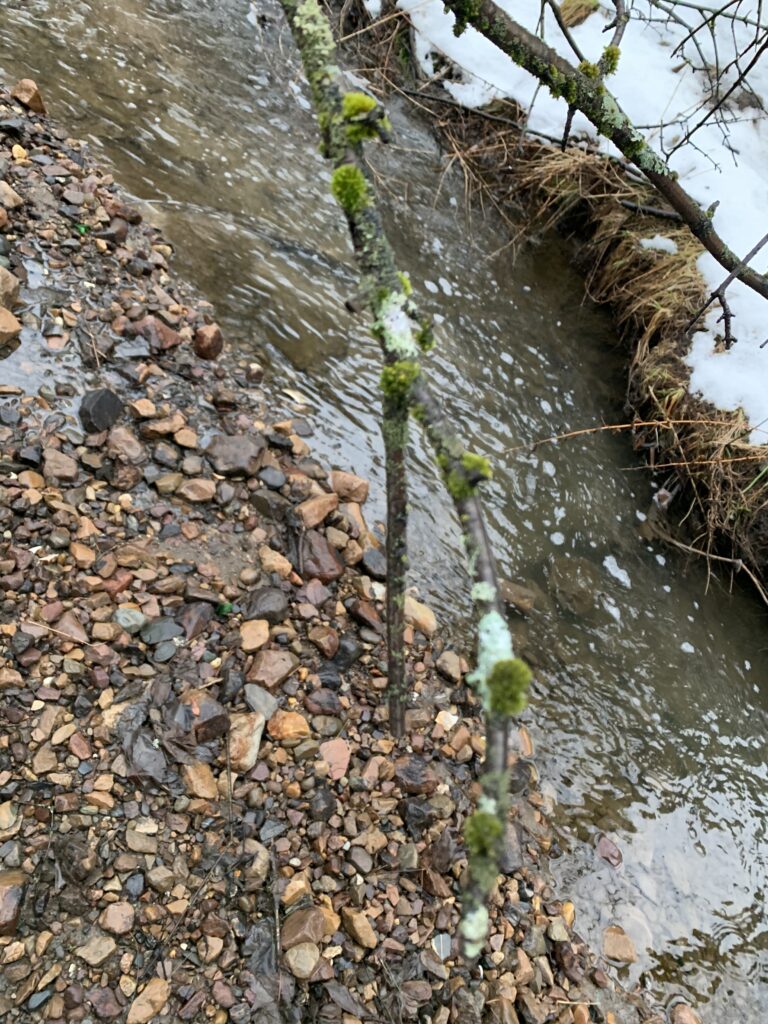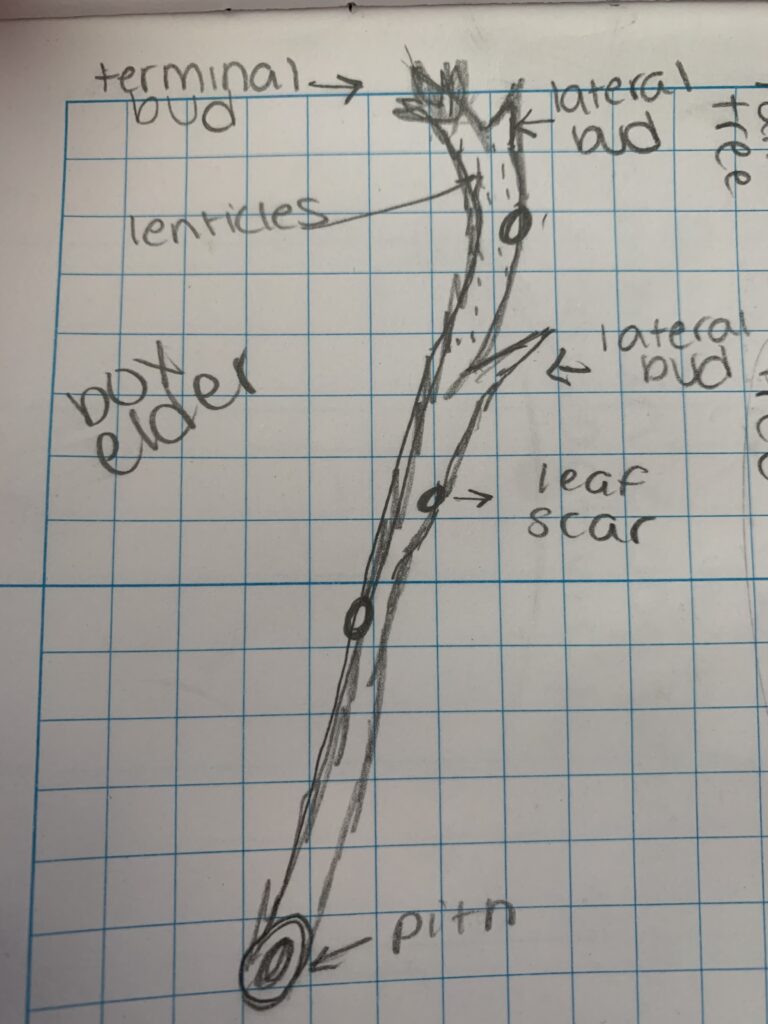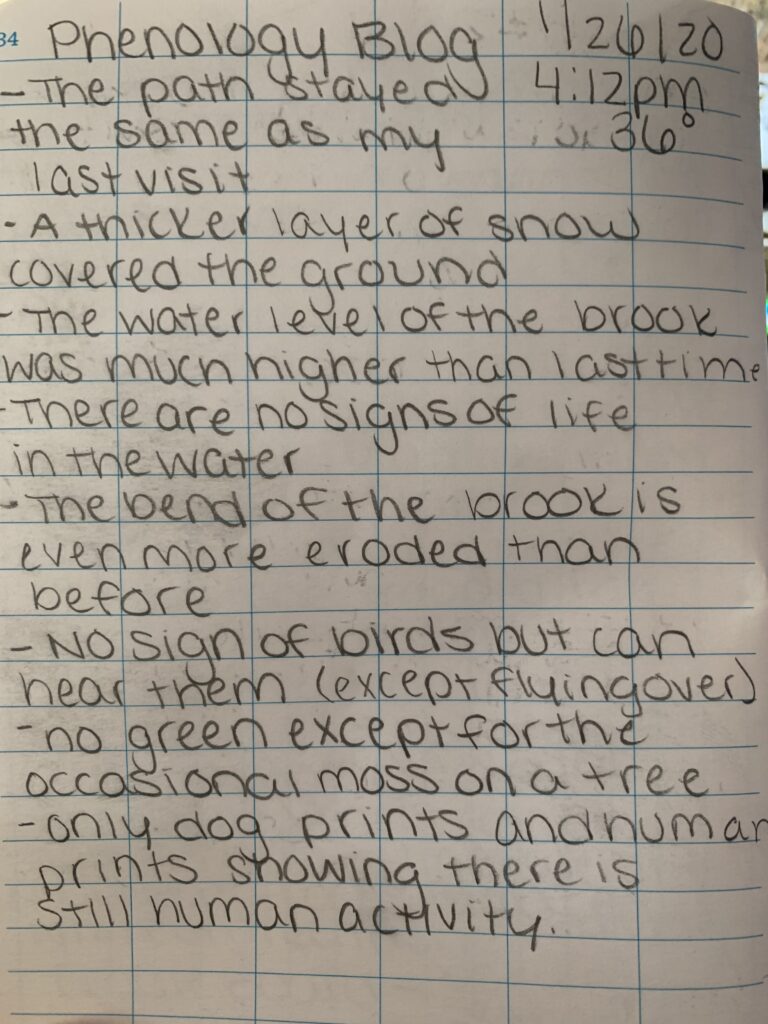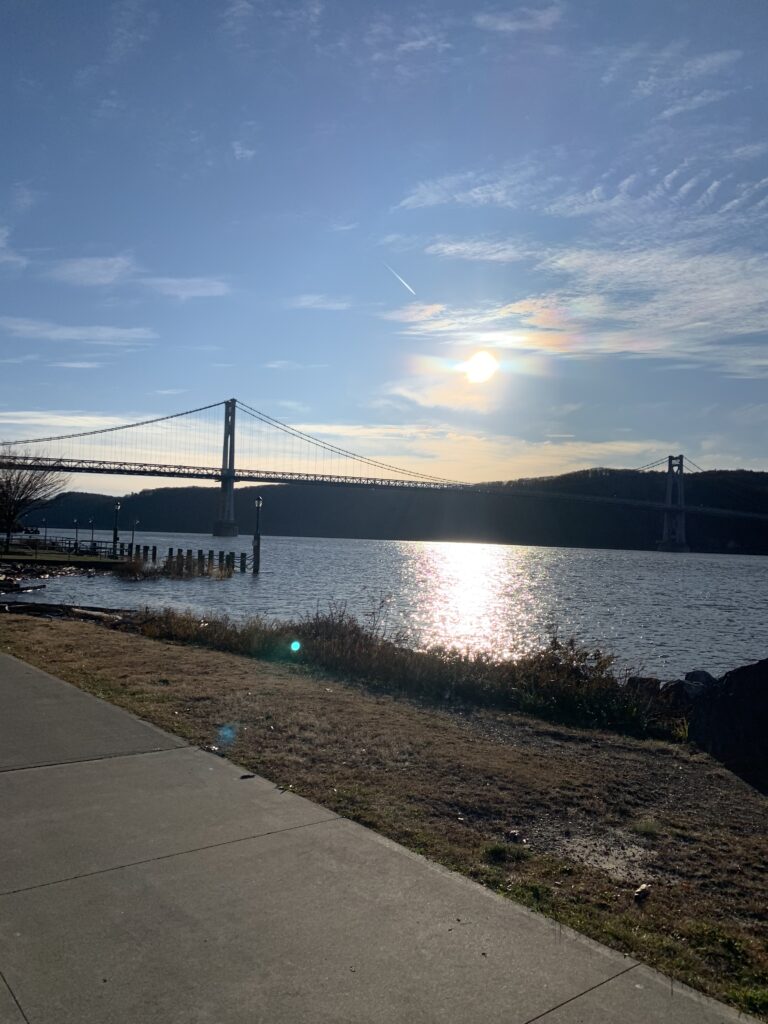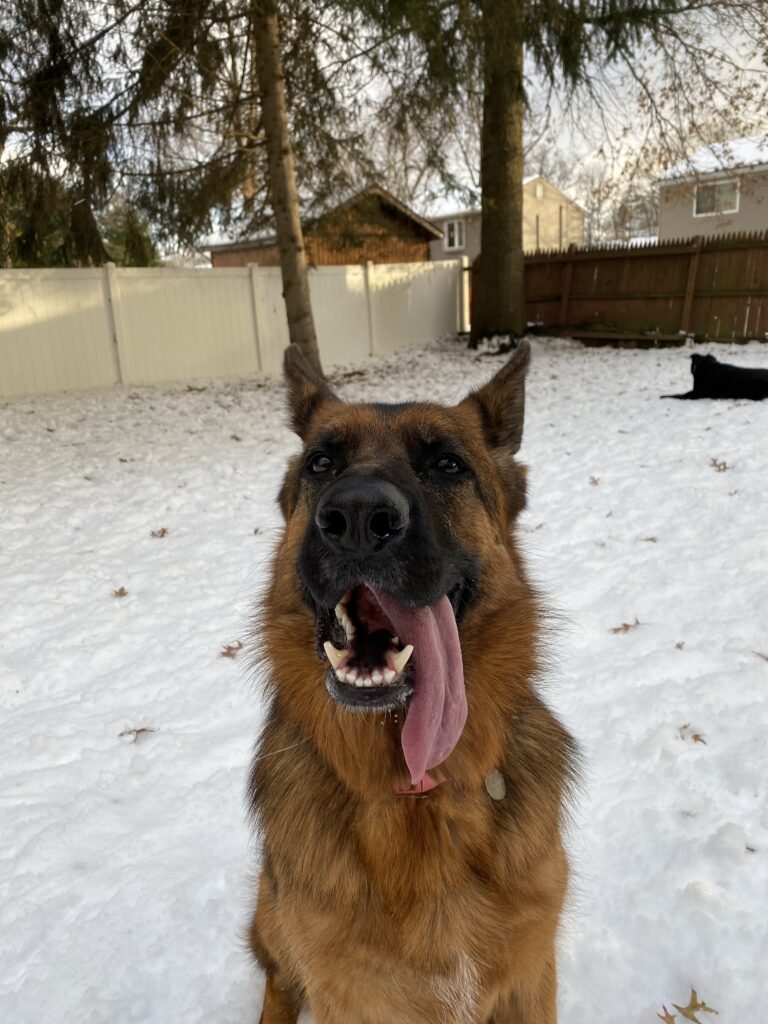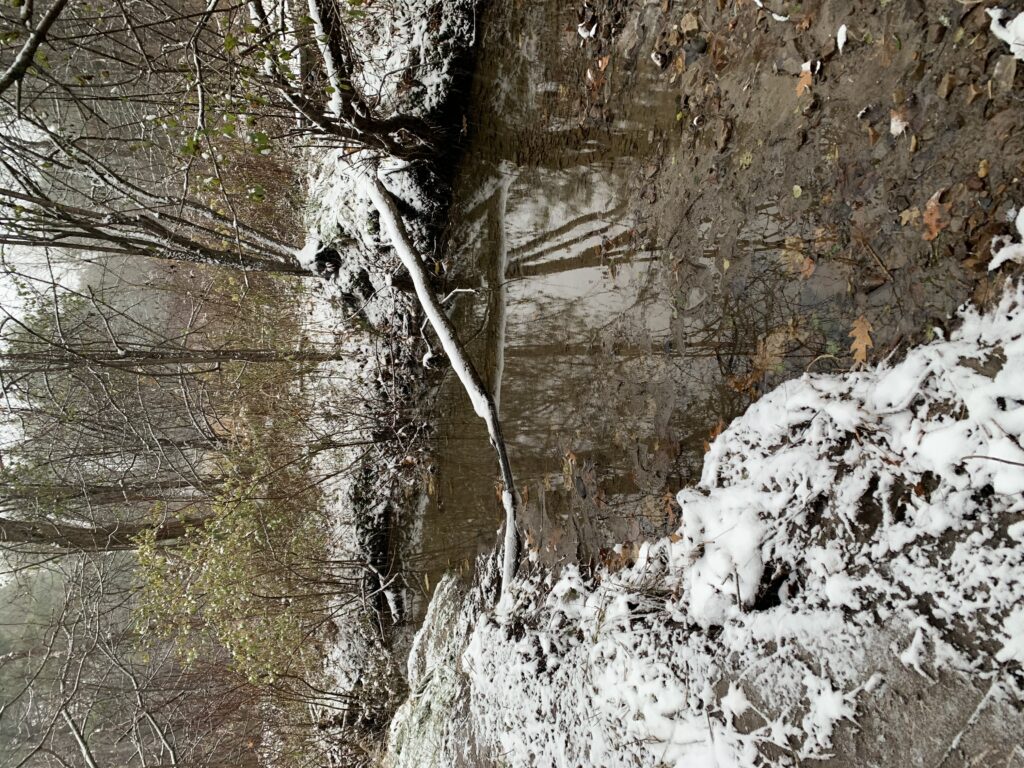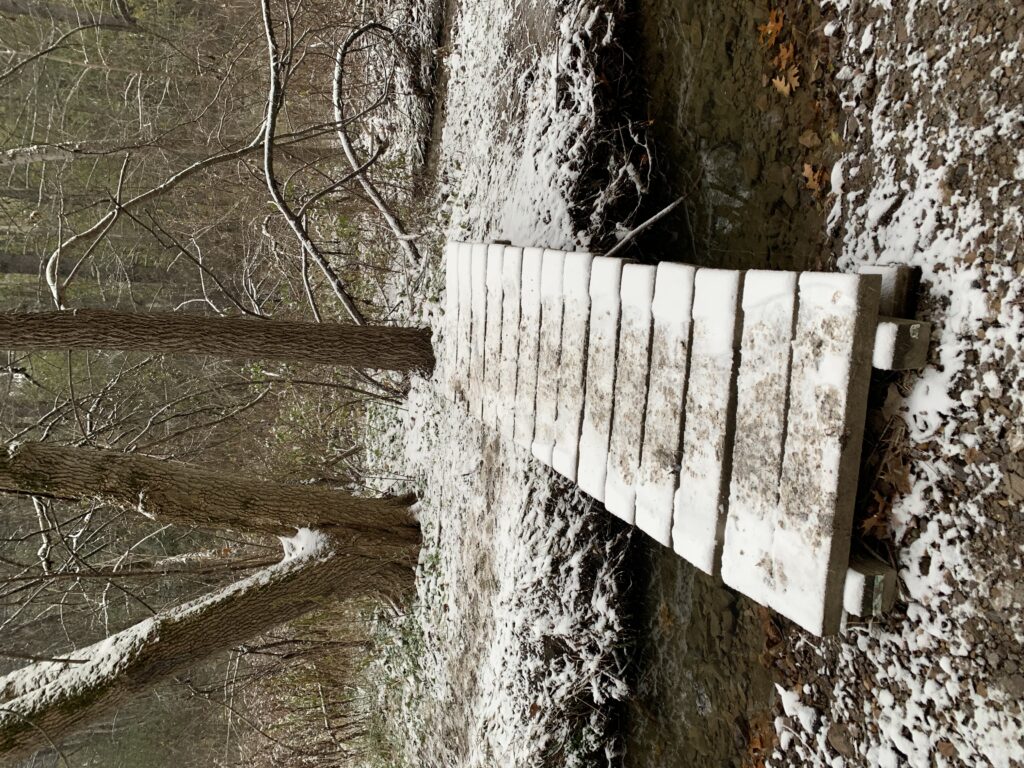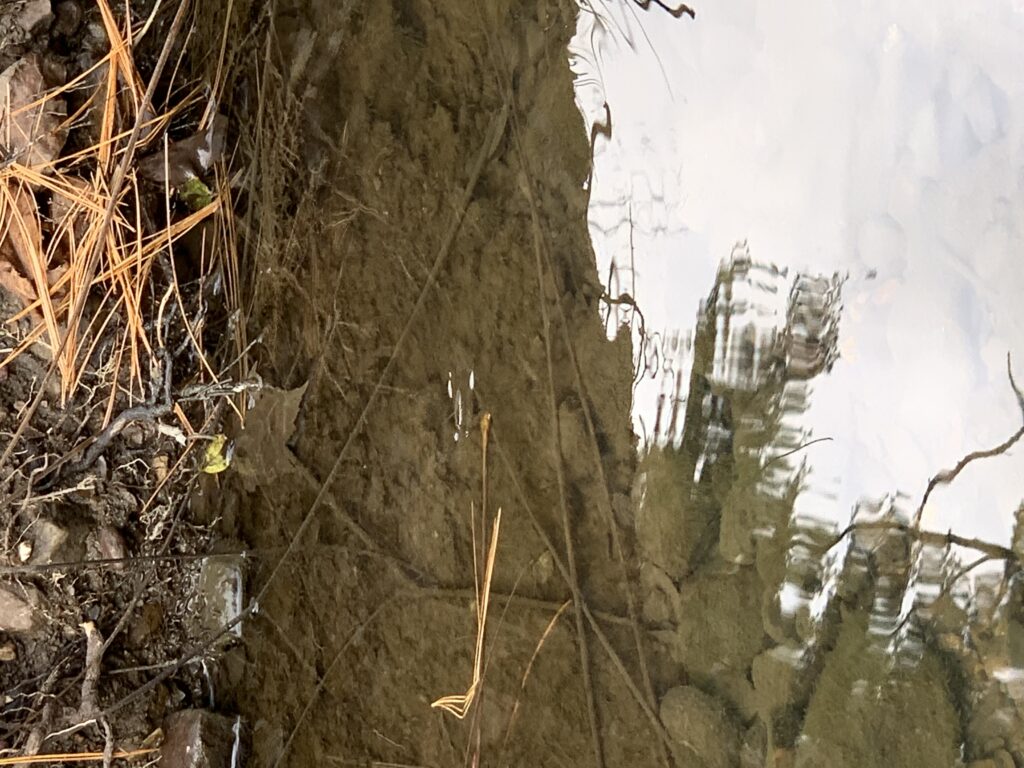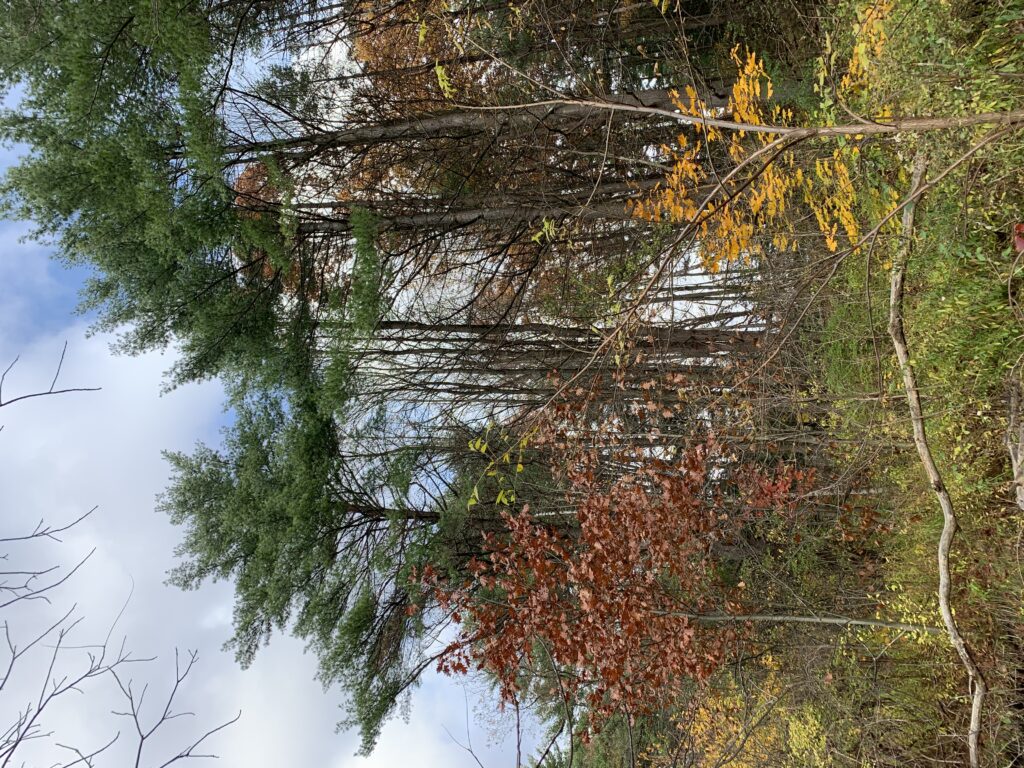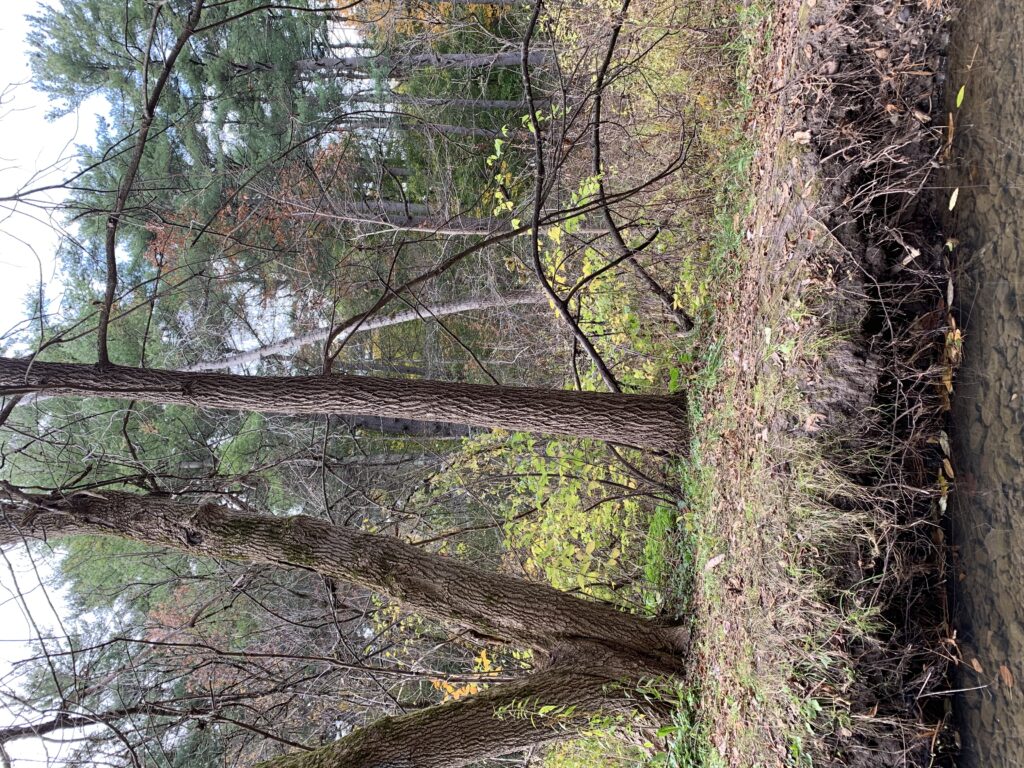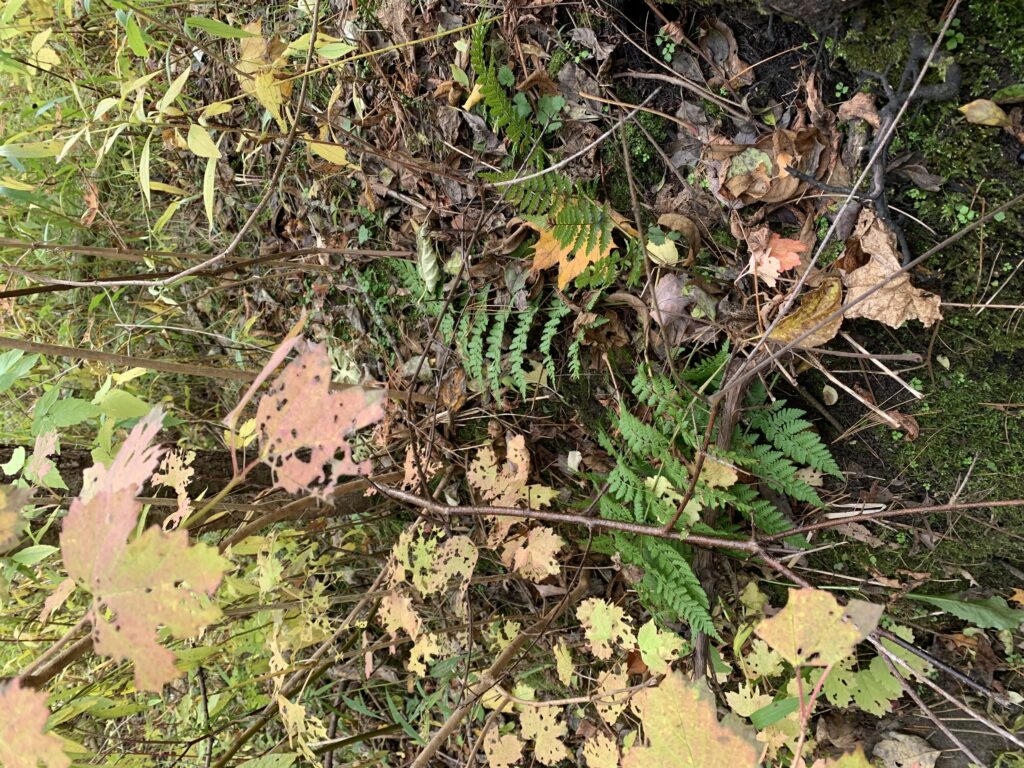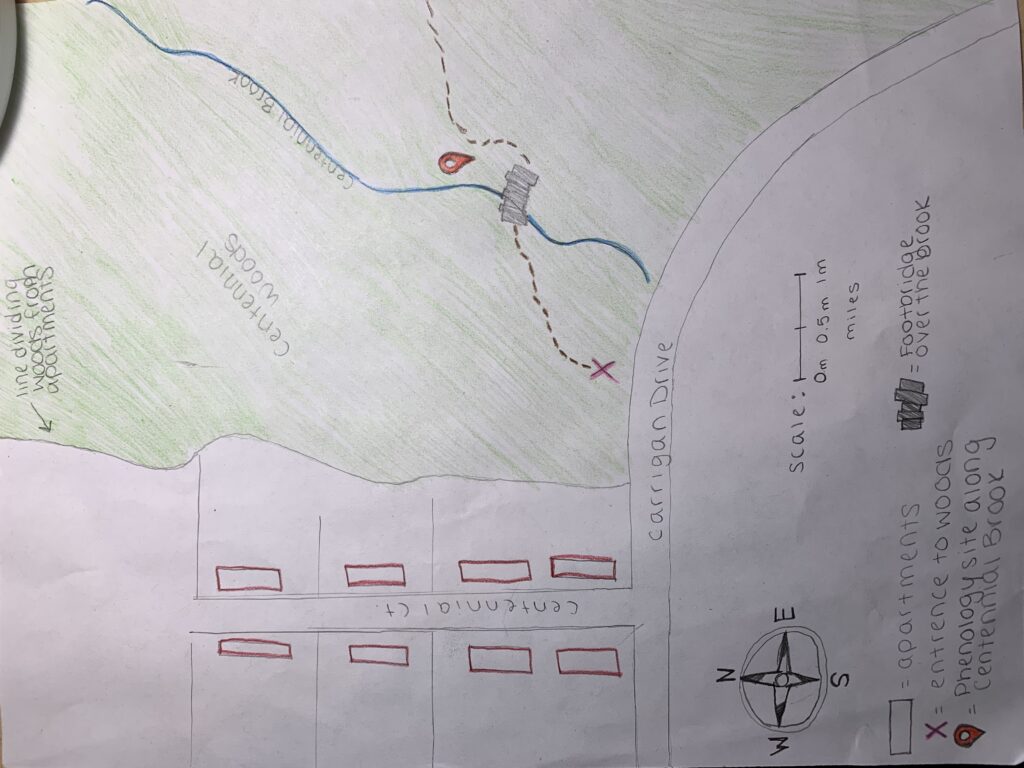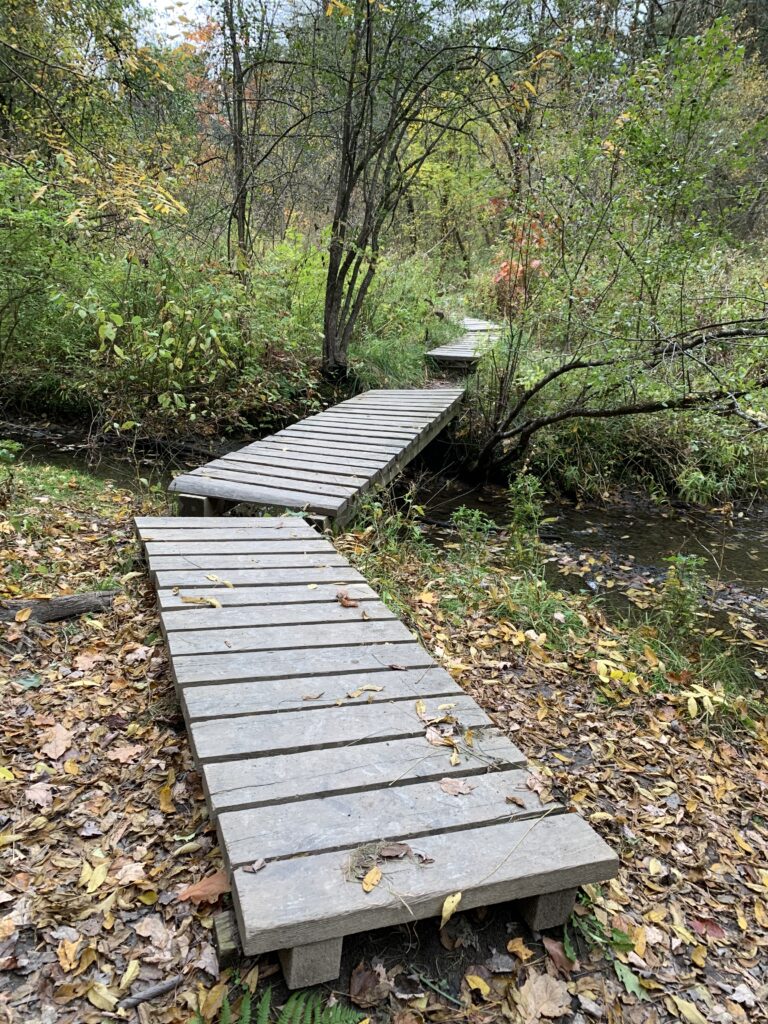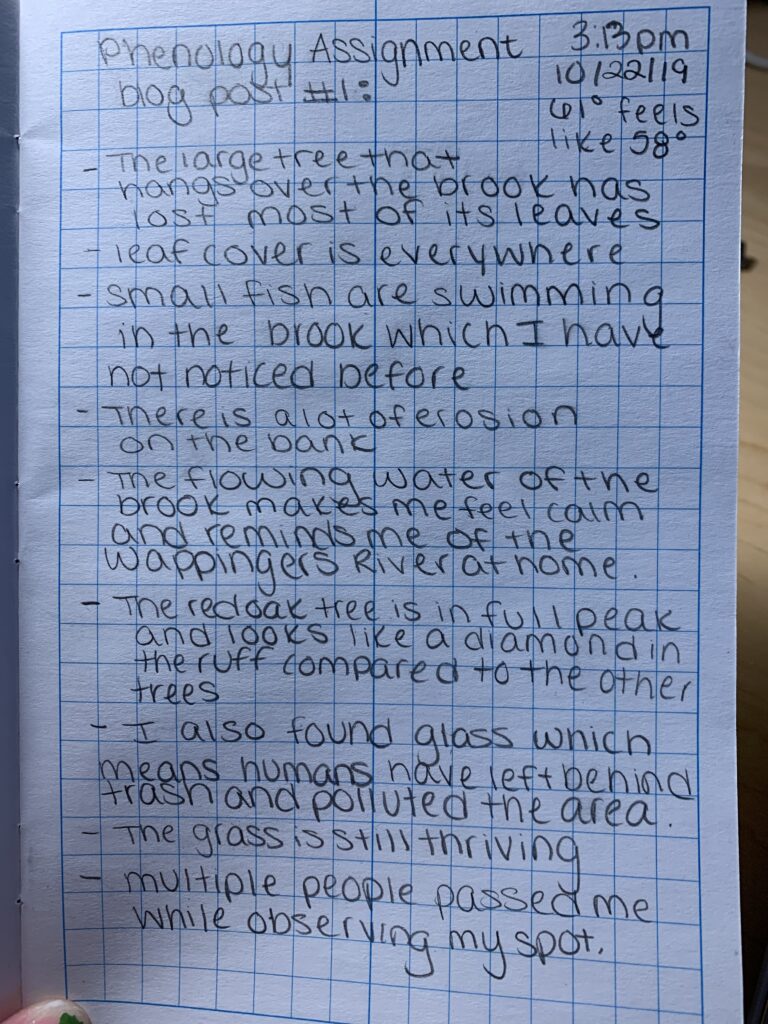Currently I am writing this blog post as I sit outside my house in the sun. Although I have been quarantined to my household, I am still trying to enjoy nature as much as possible. Over the past two weeks it has been raining non stop in my hometown of Poughkeepsie New York. Although this rain makes me less motivated to go outside, I know many amphibians are beginning to make the trek to their breeding grounds. Although I haven’t been able to see any amphibians migrating, two types of amphibians that migrate in New York are the mole salamander and the wood frog (“Amphibian Migrations and Road Crossing”). These amphibians usually breed in woodland pools which are located in forests. However, forest land is usually divided by roads, causing the amphibians to have to journey across roads with the risk of being run over.
Since the temperature has been in the high 50’s low 60’s some flowers are beginning to blossom in my neighborhood. Also the trees around my house are beginning to grow buds. Although this is a sign that leaves will soon grow, my allergies have been driving me crazy with all the pollen floating around in the air. Despite spring time bringing some happiness in my life, I have noticed that our ash tree in our front yard is shedding its bark very rapidly. This made me concerned so I decided to do some research. Although I am not an expert on trees, I have come to the conclusion that our ash tree is infested by the ash borer. Common signs of this beetle infestation are yellowing of the leaves on the tree and the tree losing its bark (Matsoukis, 2020). I’m very sad that this ash tree had to fall victim to these harmful beetles. My family has made the decision to have the tree removed before it falls just for safety concerns.
As the semester comes to an end, I’ve realized how much I learned about the Earth this semester in NR001 and NR002. Before I wouldn’t have been able to identify the tree in my front yard or take note on how the seasons change and why. I’m very thankful for the little time I was able to spend at UVM. If you are reading this blog post, I wish you the best and stay safe.
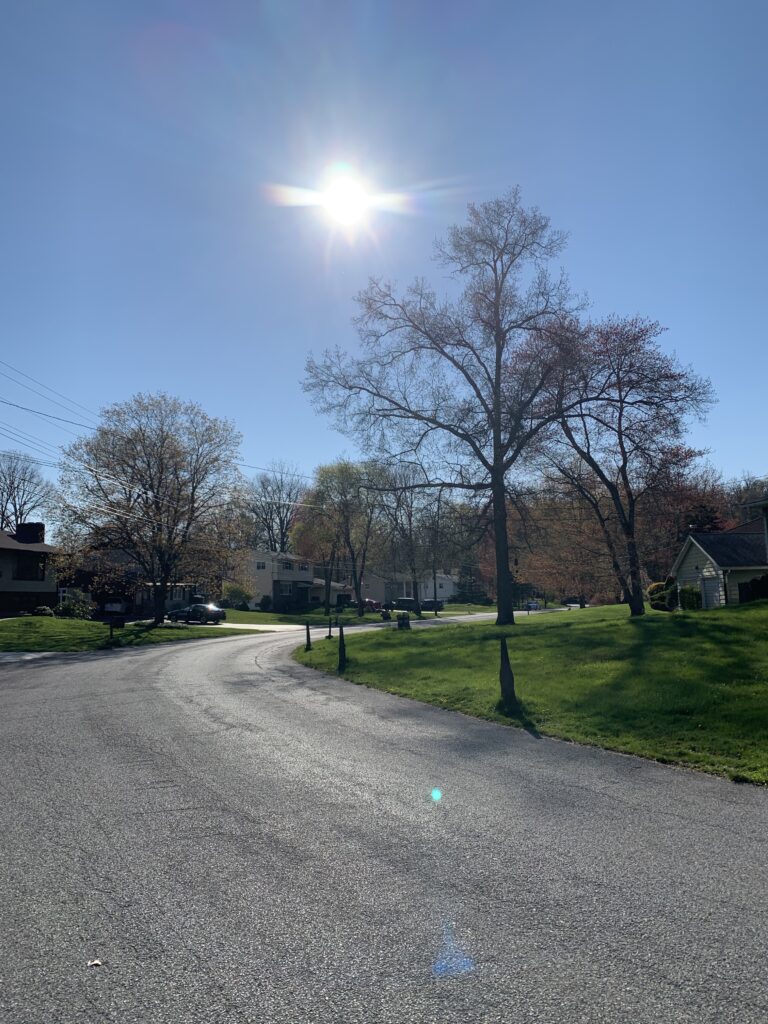
This is a picture of my neighborhood located in Poughkeepsie New York.
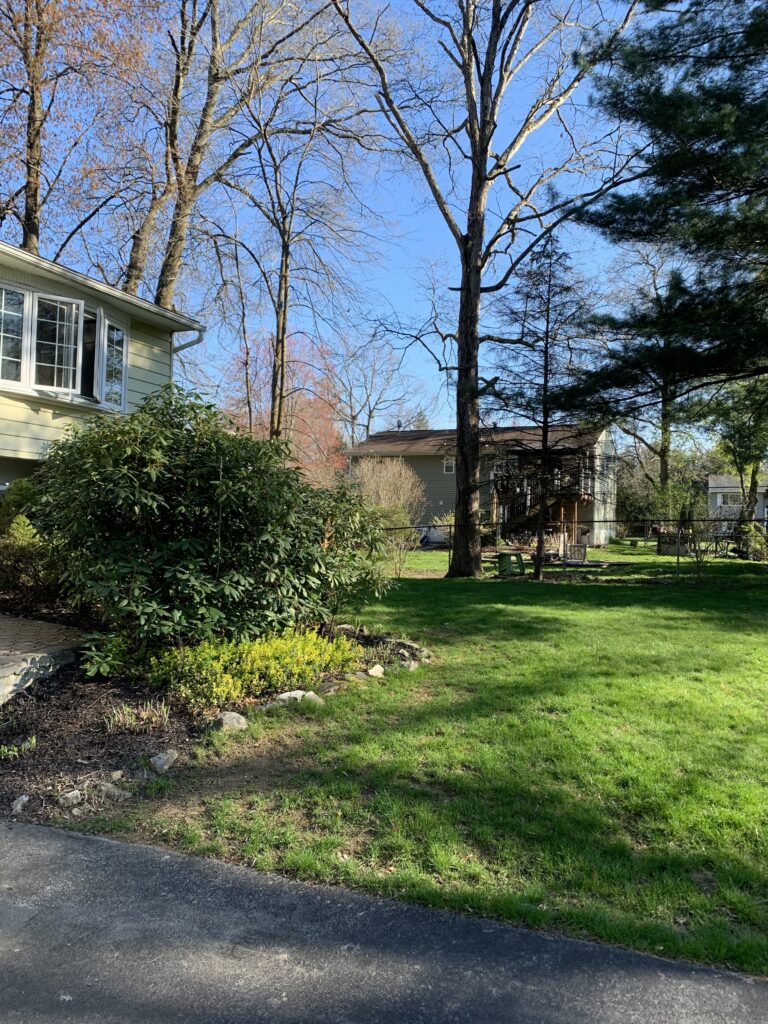
This is my front yard.

These are my two wonderful dogs Sage and Harley.
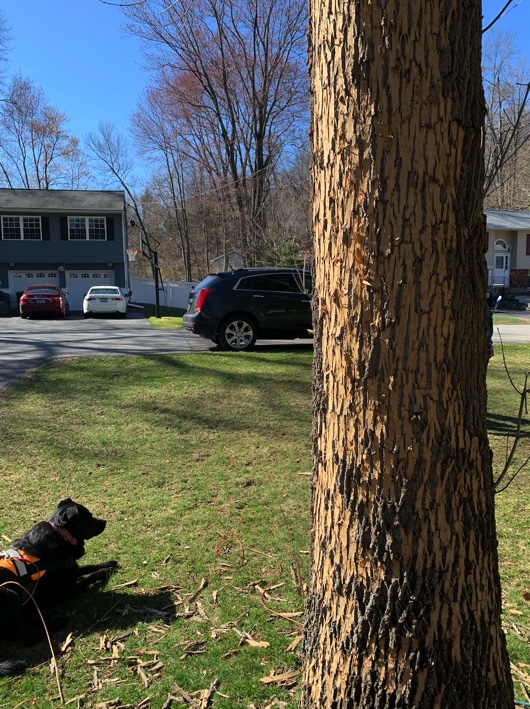
This is the picture of the ash tree in my front lawn
Citations:
Amphibian Migrations and Road Crossings. (n.d.). Retrieved April 30, 2020, from https://www.dec.ny.gov/lands/51925.html
Matsoukis. (n.d.). Emerald Ash Borer Information Network. Retrieved April 30, 2020, from http://www.emeraldashborer.info/
